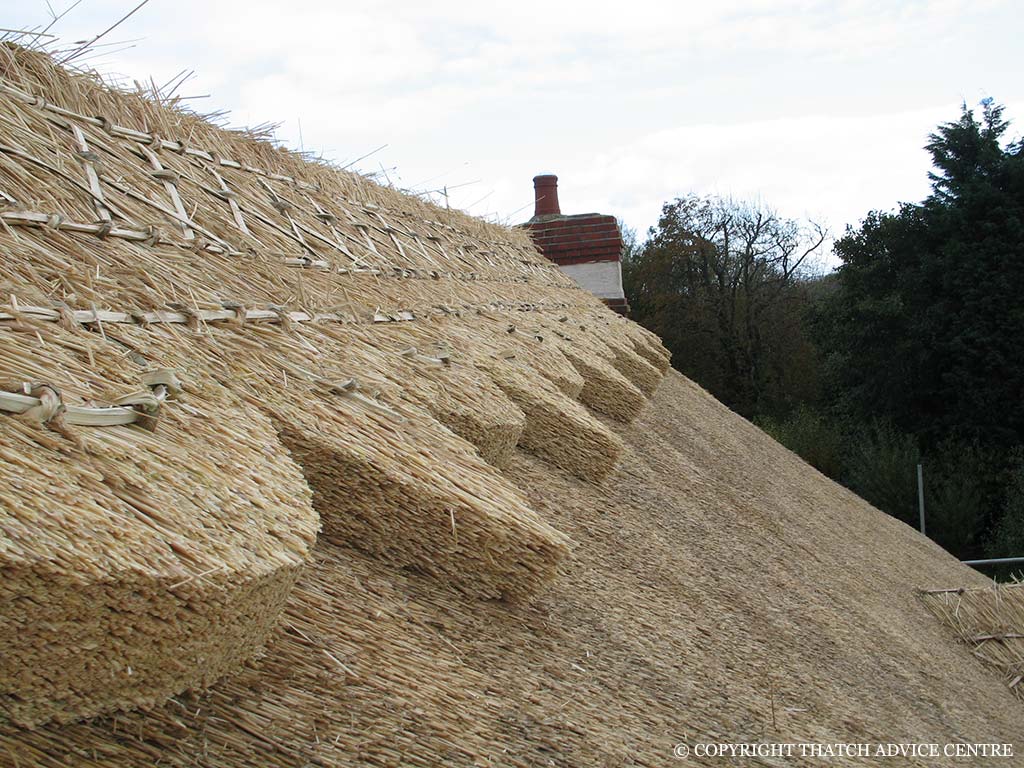As a thatch reached the end of its usefulness it was normal practice to gradually do more and more repairwork one of the directional methods of thatching on the weak areas of the main roof until the whole roof was covered.
How often to re thatch a roof.
With that said there s a slim chance that you might not need to replace your roof every so often.
Ridges provide excellent opportunities for the thatcher to demonstrate their decorative skills so the design of a new ridge will influence the cost of its replacement.
Aside from this other factors would cause the quality of your thatched roof to deteriorate e g mold.
Since the dry thatch will have a longer life it s possible to strip off the top layer every ten years or so but leave the lower layers in place.
The thatch above windows or in a valley is often thus.
Roof breathability thatched roofs tend to breathe very well on their own.
But in cases where poor design or installation results in poor breathability the lifespan of a thatched roof will be reduced.
This is normally acceptable.
To keep your thatched roof looking great there are a few things both you can do and roof thatchers can do.
Rarely is attic venting needed in a structure with a thatched roof because the natural materials breathe so well.
Keep an eye on your roof throughout the year especially before and after winter you can see where about on your roof needs repair by checking the ridge.
When should a thatch roof be brushed.
Many roofs have areas near or below this minimum pitch.
50 to 55 degrees of pitch is more desirable.
If a thatched roof is well made water will only penetrate to about 50 mm which is about 20 of the whole depth.
Although a thatched roof should last around 30 years before it must be replaced the ridge should be replaced every 10 to 15 years as it receives the most wear and tear from the weather.
E xperience has shown that a roof structure with a minimum pitch of 45 degrees is necessary for a successful thatched roof.
As mentioned weather conditions can be very unpredictable.
Generally a roof should have 3 4 brushings in it i e it should be thick enough to allow 3 4 separate occasions of brushing over the years before it needs to be re thatched.
These are just indicative signs.
As a general guide most thatched roofs need brushing ever 8 or so years.
A thickly thatched roof is not the best roof it is down to the pitch of the roof.
Lead and cement flashings coming away from chimneys and gaps where they meet the thatch should be checked and cement flashings which are cracked or broken may need looking at.
Tips on thatched roof replacement.
These thin coats of thatch last up to five years or so.









